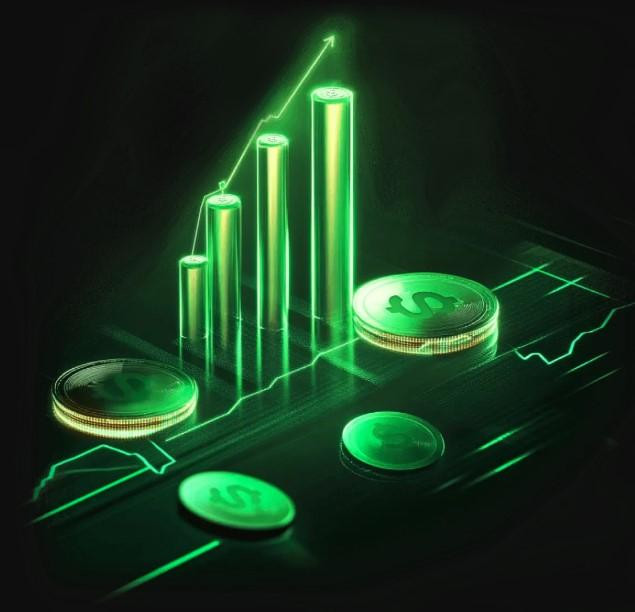Entering the realm of CFD (Contract for Difference) trading can be daunting, especially when faced with the often-unfamiliar terms of "pips," "lots," and "leverage." These are not just words—they are some of the key components that will determine your success or failure when trading. Numerous beginners embark on a career in CFD trading with little or no knowledge of these components. Certainly there are many that suffer huge losses they could have easily avoided.
Consider the following example: A new trader believes they risk $100 in a trade, but because they did not fully understand the implications of leverage and lot sizes, they actually risk $1,000.
When the market moves against them by 50 pips, their account is wiped out. This is not an unusual story, but rather it is an everyday occurrence in the CFD markets.
Use a demo account to begin practising the calculations of pips, lots, and leverage without risking real money. Most brokers allow you to practice unlimited demo trading in real conditions for a time of your choosing.
is a Pip? The Foundation of Profit and Loss
A "pip" means "Percentage in Point" or "Price Interest Point"; it refers to the smallest standardized unit of price movement forex demo account and CFD trading. In simple terms, you can think of pips as the ruler we use to measure market movements. For most currency pairs a pip is the fourth decimal place (0.0001), and for Japanese Yen pairs, it is the second decimal place (0.01).
Understanding pip values is important, because they measure price fluctuations, which directly link to your profits and losses. If EUR/USD moved from 1.1020 to 1.1025 that would represent a 5-pip movement. But what does that translate to in money? That depends on your lot size; and that brings us to our next important topic.
Tip : Utilise a pip calculator to estimate pip values for various currency pairs and lot sizes quickly. Many trading platforms come with a calculator pre-installed. However, you can also find many free ones online trading platform.
a Lot? Controlling Your Trade Size and Risk
In the case of CFD trading, a "lot" is part of a standardized unit that expresses how big your trade is. Think of it like your trade has volume settings, like a sound system. If you increase your music's volume, you make it loud. While blasting music may not increase your profits, it may disturb your neighbor. Increasing your lot sizes is no different. The more you make your lot, the more profits and more losses you can incur.
The beauty of different lot sizes is that you can control your risk exposure with precision. If a beginner holds $1,000 and is trading the same lot size as an experienced trader with $100,000, they are not thinking clearly. The scalability of a lot system can provide a structure to doubling down.








